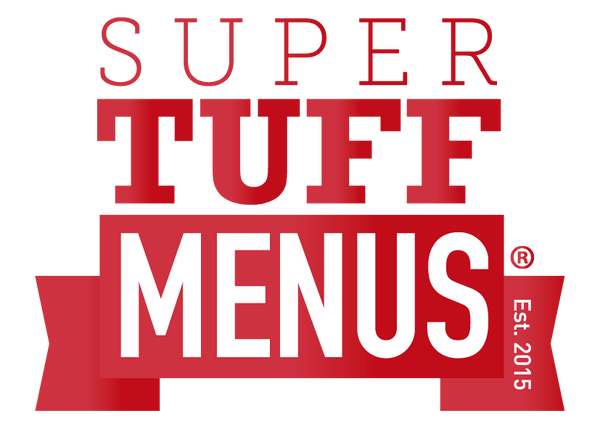Part 3/4 in our Menu Engineering crash course : Designing your Menu – choosing the right layout
Often the fun part of the process, but before you dive in with some aesthetic beauty - there are many Menu Engineering points to consider, to make sure your design is helping your profits fly!

DO: Use visual cues to highlight the items you want to sell most
For example, a boxed item will get more attention. Underline helps also. Just be careful not to go overboard and highlight too much, or suddenly nothing will stand out at all.
DON'T: list your prices in a column down the right-hand side of the menu.
Customers will make their decision based on cost if that is what jumps out most.
DON'T:use a currency symbol when presenting the price.
DO: simply place the price at the end of the description as a number, it'll be clear enough yet put the emphasis back on to the dish rather than the price. The way this statement ends with a number is an example 12 .75
Use menu item descriptions to your advantage
+ Mention any well-known and respected brand names used to increase the perception of quality.
A usual example of this is 'Jack Daniels BBQ Sauce' or even when a café wants you to be aware it's Heinz rather than a cheaper alternative.
+ Use evocative text to engage customers and increase interest. This is where you can win the sale before the customer even notices the price. Oh, and reduce descriptions on the dog-house items if they can't be removed from the menu - don't waste valuable space.

Organising your sections with psychology.
When you look at the above columns, do any items stand out?
Did you look at them in order or did your eyes dart around?
Here is more advice on ordering your lists in a way that has your most important items prominently placed.
+The top two items on a list get most importance
+The last item gets third most importance.
+The Penultimate is the most ignored.
+The lists should be short, (if possible! Think 4 or 5 items) to avoid overwhelming customers.
Choose the amount of menu pages carefully
+ 1 page leads to faster decisions but less items ordered
+ 2 page is easy to read and gives a full dining experience. Recommended.
+ 3 page should be used if there are too many items to efficiently display via 2 pages.
+ More pages equal less control over influencing customer actions

Above: Industry convention two-panel menu eye movement pattern.
Take advantage of customers’ eye movement patterns.
Whilst there are still debates over the average scan path, the widely accepted norm is that the top/middle right of a page is the 'sweet spot'. Research from "An Experiment on Psychological Gaze Motion: A Re-Examination of Item Selection Behavior of Restaurant Customers” (Choi, et al) found that a third of people are likely to order an item that they initially focused on - making the sweet spot the ideal place for a 'star' item to be located.
Think outside the menu
Whilst Menu Engineering alone can be invaluable, to realise the full potential of your menu requires additional work. Ensure your team (Waiters, Bartenders, Baristas, etc) are aware of your aims and are able to up-sell the star items.
“Menu Engineering...what is it?
Menu Engineering is a systematic approach to building powerful menus that positively impact guests' experience and drives their desire to return.
Your menu is your most valuable marketing tool and fortunately a menu update is often the least-expensive improvement a restaurant can make! It also tends to produce the greatest and quickest returns on investment.
Gregg Rapp, Menu Engineer has refined the menu engineering process, over his thirty-six years working with restaurant teams around the world on menus.”
- www.menuengineers.com

